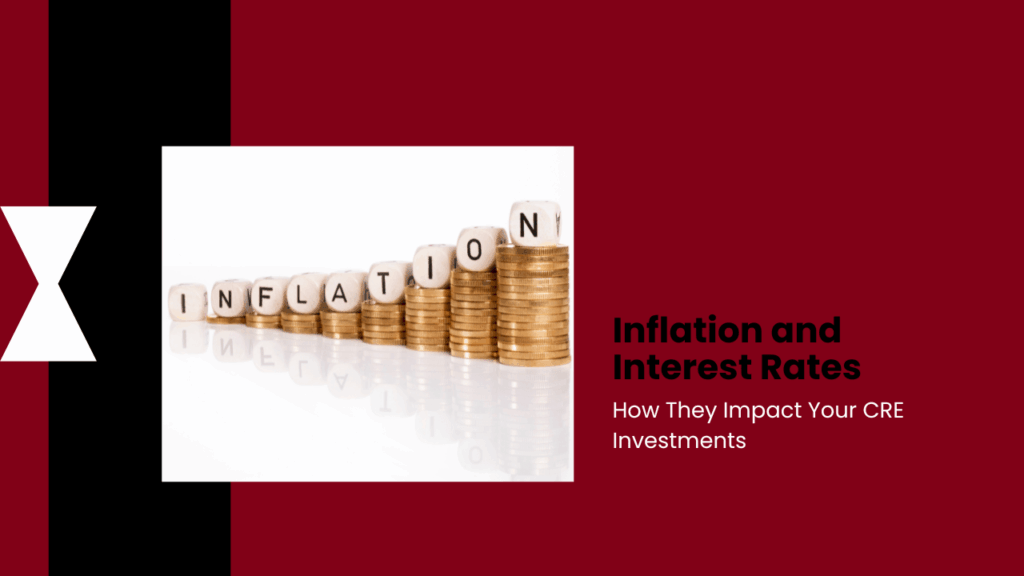
Everyone has been talking about interest rates.
We’ve also been talking about interest rates.
What do those topics mean for your commercial real estate (CRE) investments?
There’s an impact on property values, cash flow, and financing, so you want to make sure you’re navigating the market successfully. We’re here to help with that, as commercial property management experts in the High Desert. Here’s what we can tell you about inflation and interest rates and what they mean for your investments.
Inflation: Friend or Foe?
Inflation involves a lot of give and take.
On one hand, rising prices can increase operating costs for property owners. Think higher maintenance expenses, insurance premiums, and property taxes. These costs can erode net operating income (NOI) if rents don’t keep pace.
But, on the other hand, inflation can be a tailwind for CRE investments, especially when you own income-producing properties with lease structures that allow for rent escalations. Assets like most commercial properties often benefit during inflationary environments, as landlords can increase rents annually or upon lease renewal. As the cost of replacement construction rises with inflation, existing assets may also gain value due to higher barriers to entry for new developments.
Interest Rates: The Cost of Capital
While inflation influences the purchasing power of money, interest rates dictate the cost of borrowing it. When central banks raise rates to curb inflation, borrowing becomes more expensive. For CRE investors, this has direct implications:
- Higher Debt Service Costs. Investors relying on leverage will see their debt service increase, especially if they’re using variable-rate loans. This can compress cash flow and reduce overall returns.
- Lower Property Valuations. Cap rates tend to move in tandem with interest rates. As rates rise, cap rates usually follow, putting downward pressure on asset values. This can make acquisitions less attractive and complicate refinancing efforts.
- Reduced Buyer Demand. When financing becomes costlier, fewer investors are willing and able to buy. This cooling effect on the market can lead to longer hold times and greater competition for capital.
Strategies to Navigate the Cycle
The good news? CRE investors can position themselves to weather rising rates and inflation by staying agile and strategic. We are recommending that the investors we work with focus on asset classes that have pricing power. Self-storage properties and industrial spaces, for example, tend to have short-term leases, enabling more frequent rent adjustments in response to inflation. This is also a good time to lock in long-term financing. Securing fixed-rate debt before rates rise can shield your investments from increasing debt service costs.
Be conservative with rent growth projections and factor in potential cap rate expansion. Test the potential of deals against various interest rate scenarios.
Finally, keep monitoring the messaging that comes from the Fed. Even expectations of future rate hikes can shift market sentiment and impact lending conditions.
Inflation and interest rates are difficult and sometimes unsettling, but smart investors will look for opportunities.
 We can help you find them.
We can help you find them.
Please contact us at Preston-Lee Management Company. We’ve been providing commercial property management services in the High Desert for more than 30 years.
